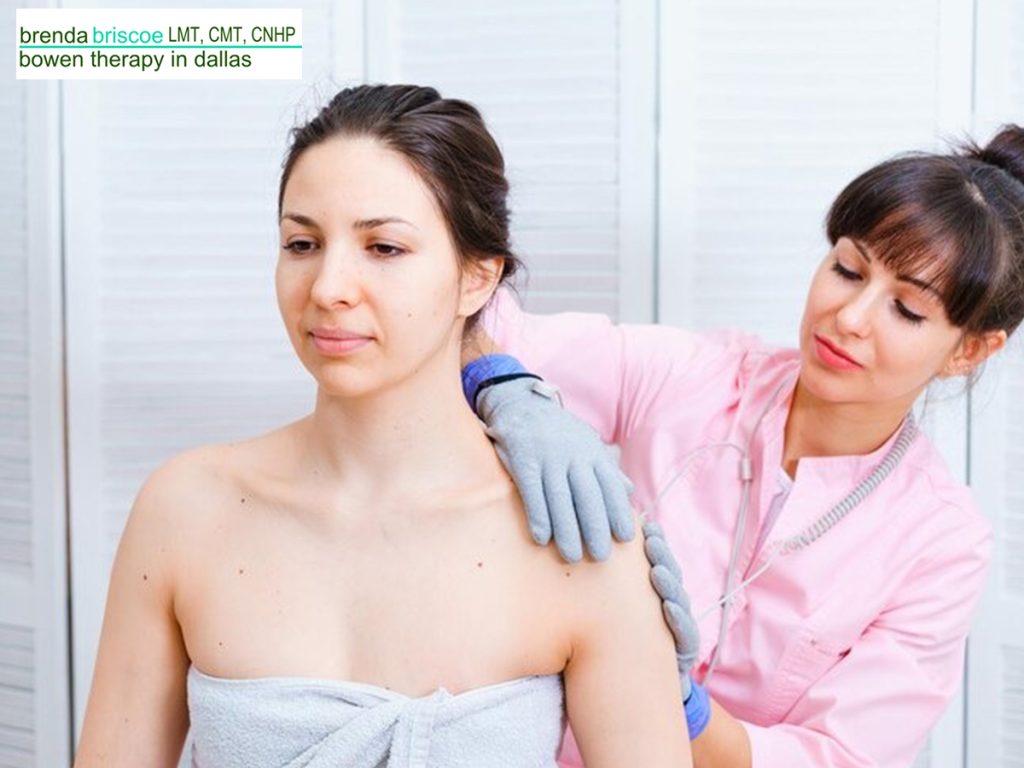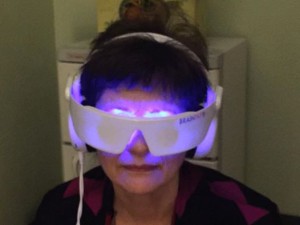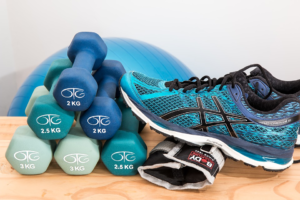Heard of Bowen Treatments? Your Back Will Thank You
“Healing doesn’t always mean doing more. At times, it is just enough to remind the body of what it already knows.”
Have you ever spent hours Googling how to relieve your back pain? Have you tried massages, swallowed pills, and received too many chiropractic appointments, only to wake up in pain again? Then you are not alone. But there’s a gentle, often overlooked solution that’s quietly changing lives: Bowen treatments.
This is distinctly not a regular kind of therapy that forces the body to react, but the treatment merely works with the body. It involves light touch and is subtle, yet shockingly effective. The poor back that has been screaming for relief might find a perfect reset with this.
Let me walk you through what it is, how it works, and why these treatments are currently winning the hearts of those who were once stuck with chronic pain.
What Exactly Are Bowen Treatments?
This Therapy (or the Bowen Technique) is an Australian method of doing bodywork. But think nothing of deep-tissue pressure or complex bone-cracking adjustments. The Bowen Technique uses a gentle rolling motion across the muscle, tendon, and fascia, along with short but necessary pauses. It is subtle; it really is during these pauses that the magic takes place.
The body has a chance to “hear.” To recalibrate. To get out of the fight-or-flight scenario and into healing mode. No brute force. Just gentle cues and time to respond.
Clients often report:
- Relief after just one or two sessions
- Deep relaxation that lasts
- Less inflammation and stiffness
- A renewed sense of balance in the body
Why Your Back Will Thank You
Backache is a prevalent reason why people seek medical advice from a doctor. It is frustrating to resolve. People try to power through auto-stretching, correcting posture, or using expensive ergonomic chairs. While these measures can help, they cannot really directly address the deep source of what is causing the muscular tension.
Bowen operates in a very different manner. Rather than trying to “fix” the pain, it just allows the body to heal itself by resetting the autonomic nervous system (ANS).
Consider the simple notion of rebooting a frozen phone. You’re not forcing anything; instead, you give the system a chance to sort out its own glitch.
For those with sciatica, lower back tightness, herniated discs, or long-standing strains from sitting all day, Bowen therapy offers an alternative path, one that involves no popping of painkillers or scheduling of surgical procedures.
Not Just for Backs—Bowen Helps the Whole Body
While the relief of low back pain unfortunately tops the list of benefits of this gentle approach, Bowen’s therapy encompasses a whole spectrum of other ailments. A couple of the more common ones are the neck pain treatments Dallas has to offer and frozen shoulder therapies in Dallas, particularly for those who find themselves sitting at a desk or performing repetitive tasks.
More often than not, Bowen therapists are doing work on fascia, the connective tissue that stretches through your entire body. When this is tight or constrained, injured, or stressed, it can hold tension in unusual locations. This is precisely what makes neck and shoulder problems so persistent.
Stretching these gentle rolling movements around the shoulders, upper back, and neck, Bowen treatments release this tension. Clients have enjoyed a better range of motion, restful sleep, and even relief from headache and jaw tension.
If you have held onto years of tension locking your stiff neck, or a lingering nuisance of shoulder pain with a cherry-on-top of limited range of motion due to a past injury, a few sessions of Bowen can be just like someone finally cracking open a window in a room that had been slammed shut for years.
What to Expect During a Session
First-timers are usually surprised. There’s no deep digging, no oils, and no machines. The practitioner might work for a few minutes, then leave the room for a short time. That pause? It’s intentional and powerful.
This is how a standard session takes place:
- You are lying comfortably on a massage table, fully dressed.
- The practitioner makes light, rolling movements on specific points.
- Between sets, they’ll give your body a break to process the signals.
- The whole session usually lasts 30–60 minutes.
Most people walk away feeling deeply relaxed. Some feel changes immediately; for others, it takes a day or two. But the effects? They last longer than traditional massage or physical therapy.
The Emotional Side of Physical Pain
Another common point Bowen deeply understands: pain is not merely physical. Stress, emotional pressure, and trauma may rest within the body. Sometimes we carry that tension for one or two decades without being aware of it.
Bowen therapy interfaces with your parasympathetic nervous system, the part responsible for resting, digesting, and recovery. It calms the nervous system as it unties emotional stress alongside any pain.
For clients dealing with burnout, insomnia, anxiety, PTSD, or grief (sometimes even termed as complicated grief), Bowen often provides emotional release that is unexpected in nature. Many report that it feels therapeutic.
Why Bowen Works When Nothing Else Does
Many people look to Bowen after treatment by a chiropractor, physiotherapist, or even injections has failed to grant long-lasting relief. Subtlety is at the heart of Bowen. Instead of pushing the body to make changes, it gently encourages it to do the recalibration.
Bowen lets healing take place without any strain by focusing on fascia, nervous system response, and muscle tension. It is more helpful when pressure is put on you by the stresses of standard treatment rather than giving support. This method will generally give relief when conventional approaches are unable: recurrent back pain, joint stiffness, or difficulty in functionality.
Final Thoughts: Give Your Body the Cue to Heal
So, the next time the old big bad back or even the shoulder acting up, and something stiff along with it needs fixing, remember that:
You do not need to go through suffering. You do not need to push on. You need a gentle reminder that would help your body feel better. Bowen treatments are never an instant fix but a lasting shift.
It offers a restoration approach to center your body, not through force but through gentle manipulative suggestions.
Pain Eraser from our Bowen Therapy in Dallas center focuses on care and compassion in resetting these patterns. Whether it is about aggressive back pain, neck pain, or frozen shoulder, we facilitate your healing journey, naturally and gently. Your body deserves to have relief that genuinely feels like relief.
Let Bowen find it for you. Call us today and schedule your first session. Your back will thank you!



